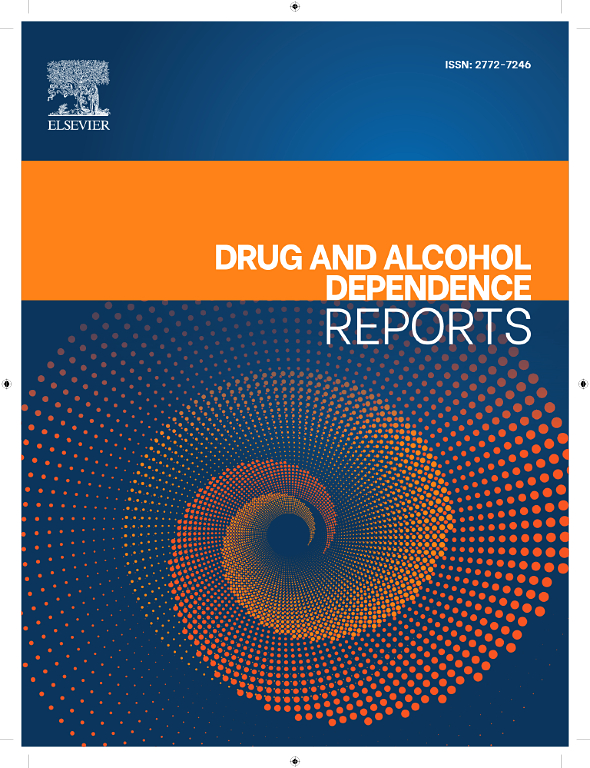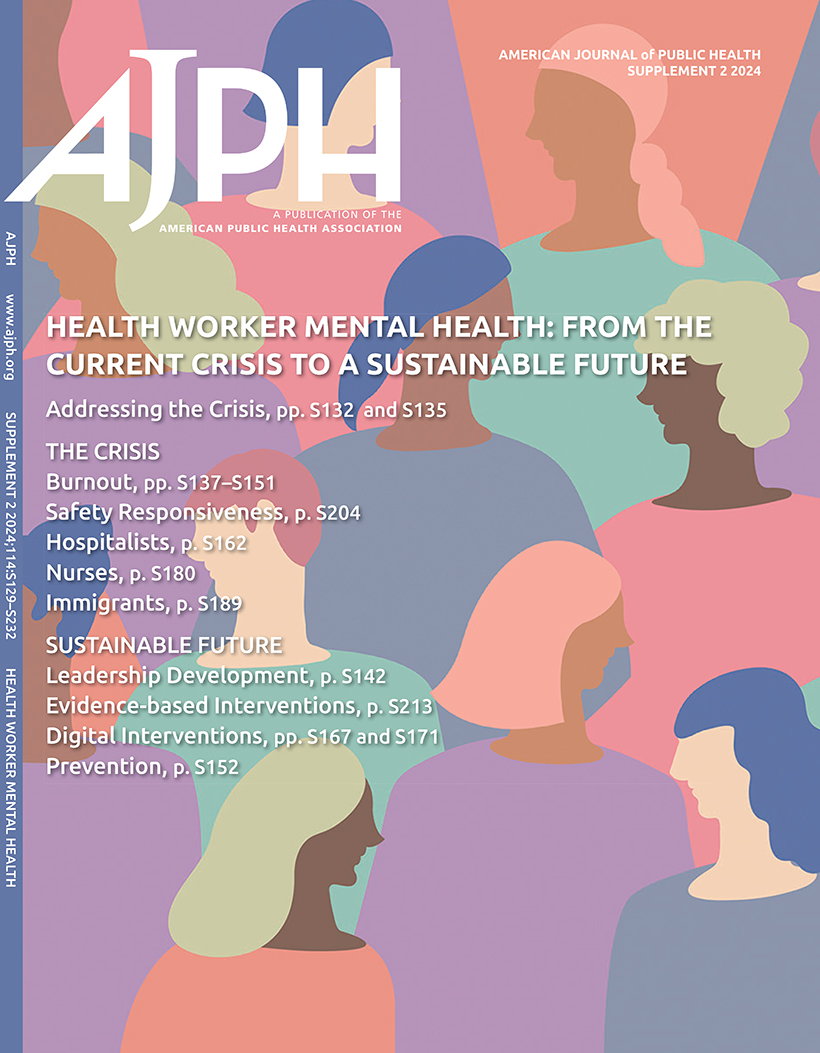New ADAI Publications on Cannabis and Opioid Policy
06/11/2024Several ADAI researchers have some new publications out recently related to cannabis and opioid policy:
State Requirements for Non-Medical Cannabis “Budtenders”

Beatriz Carlini, PhD, MPH, Research Associate Professor and Director of ADAI’s Cannabis Education & Research Program, is coauthor of a new paper on State requirements for non-medical US cannabis retail personnel (LoParco C, et al. Journal of Public Health Management & Practice 2024 (in press)).
In this paper, Dr. Carlini and colleagues looked at requirements for “budtenders” working in non-medical cannabis dispensaries in 20 states to examine requirements for hiring and training.
Most states (16) required background checks, 12 required fingerprinting, and 12 required application fees of $25-$300. Structured training was required in 7 states, with 5 requiring employee training. Seventeen states required budtenders to be 21 or older, and 3 required them to be 18 or older. Reviewing differences between state hiring and training requirements can better inform the development of effective regulations and enforcement protocols, as well as help promote equity.
Naloxone, Buprenorphine, and Nonprescription Syringe Access Across Four States

Anthony Floyd, PhD, Research Associate Professor at ADAI, was first author on a new paper about Policies, adaptations, and ongoing challenges to naloxone, buprenorphine and nonprescription syringe access across four-states: Findings from an environmental scan and key informant interviews (Floyd AS, et al. Drug and Alcohol Dependence Reports 024;11:100243).
In this paper, Dr. Floyd and colleagues reviewed published literature and online materials to look at how policies and organizational practices affected communities and pharmacies across four states (MA, NH, OR, and WA) in the Respond to Prevent trial. They also interviewed key informants about state policies, pharmacy policies, and local practices that facilitated access to naloxone, buprenorphine, and nonprescription syringes.
Interviewees from all states spoke about the positive impact of naloxone standing orders, active partnerships with community-based harm reduction organizations, federal and state policies like Medicaid coverage for naloxone and buprenorphine, and buprenorphine telehealth permissions. They also talked about the harmful impact of patient stigma, limited access in rural settings, and high costs of medications.
Expanding Access to Medications for Opioid Use Disorder

Finally, Caleb Banta-Green, PhD, MPH, MSW, was co-author of an editorial about Expanding access to medications for opioid use disorder: Federal policy is only part of the solution (Heidari & Banta Green. American Journal of Public Health 2024; 114(7):693-695.).
In this piece, Dr. Banta-Green and co-author Omeid Heidari, PhD, MPH, ANP-C, discuss the positive impacts of policies like the Comprehensive Addiction and Recovery Act (CARA) and the Substance Use Disorder Prevention That Promotes Opioid Recovery and Treatment for Patients and Communities (SUPPORT) Act, but also note that prescribing among physicians has declined and that more robust policy solutions, as well as non-policy solutions, are needed to address the ongoing overdose crisis.
They describe implications from several perspectives, including the need to make buprenorphine prescribing an expectation, not an exception, in primary and community-based care, and the importance of a philosophical shift in thinking of medications for opioid use disorder as both treatment and harm reduction. “To shake up our moribund care system and provide people with the medications they need and want, we need prescribers to prescribe and public health to do the necessary education of the public and policymakers—right now.”
Need help getting copies of any of these articles? Contact Meg Brunner, MLIS: meganw@uw.edu.





